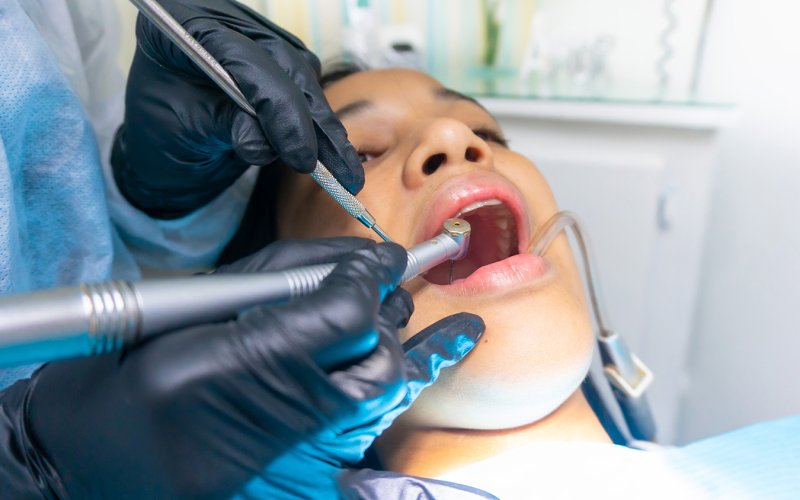Dental Profession Undergoing Major Demographic Changes, According to New SPH Research

ALBANY, N.Y. (Feb. 10, 2022) - The dental profession is undergoing substantial demographic changes, especially in relation to gender, according to a study by the Center for Health Workforce Studies (CHWS) at the School of Public Health.
Conducted by CHWS’ Oral Health Workforce Research Center (OHWRC), the new study builds on their previous work on gender diversity in dentistry. Researchers used data from the 2014-2018 American Community Survey (ACS) to assess variation in workforce participation patterns among dentists related to certain personal characteristics.
Key findings include:
- The percentage of active dentists who are women is increasing. Of the 148,878 active dentists included in the analytic sample, 31.1 percent were female. In 2009-2013, only about a quarter of active dentists were women.
- The mean age of female dentists (43.3 years) was significantly lower than that of male dentists (52.2 years).
- Female dentists were more likely to be more racially/ethnically diverse than were male dentists. Just 59.6 percent of female dentists were White, non-Hispanic, in contrast to 77.6 percent of male dentists.
- Female dentists were more likely to be foreign born (33.0 percent) and bilingual (35.5 percent) than male dentists (18.5 percent and 19.8 percent, respectively), suggesting more diversity in languages spoken and cultural competence.
- Female dentists were less likely to own a practice (45.4 percent vs 66.3 percent) and more likely to work less than 30 hours per week (13.3 percent vs 9.2 percent) than male dentists.
“Diversity within the dental profession is a widely embraced goal,” says OHWRC Co-Deputy Director Margaret Langelier. “One desirable outcome is that dentistry becomes increasingly representative of the patient community, which has been shown to improve access to care. Prior research suggests that female dentists treat more children and more publicly insured patients than their male counterparts. The growth in the number of women in dentistry may expand the capacity of the delivery system to better meet the needs of the population, particularly the underserved.”
To view the report, visit the CHWS website. For more information about the Oral Health Workforce Research Center, visit the Oral Health Workforce Research Center website.




